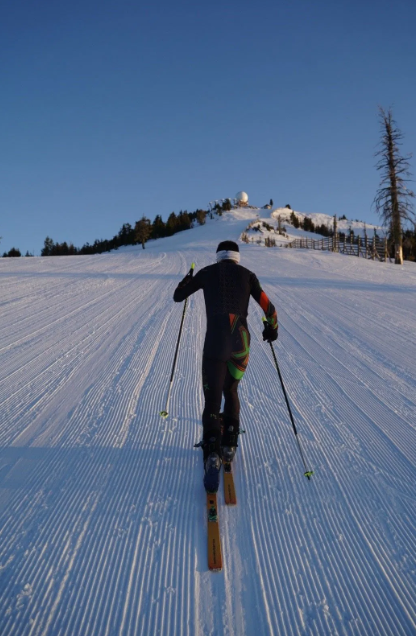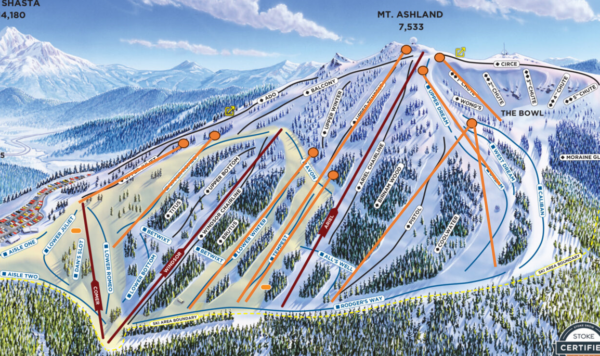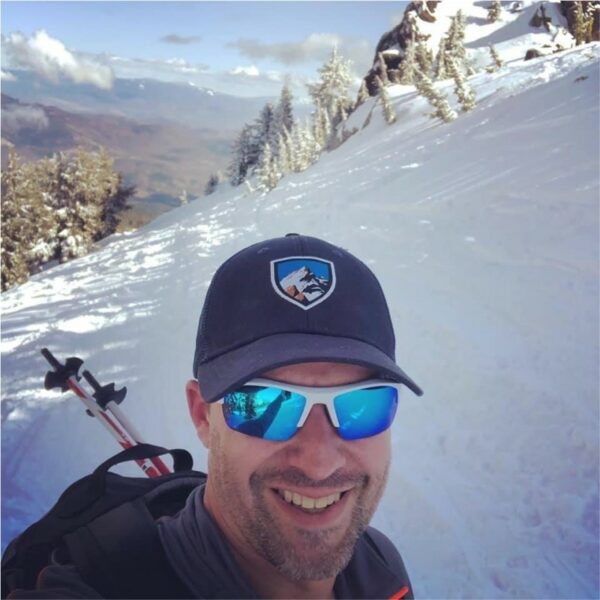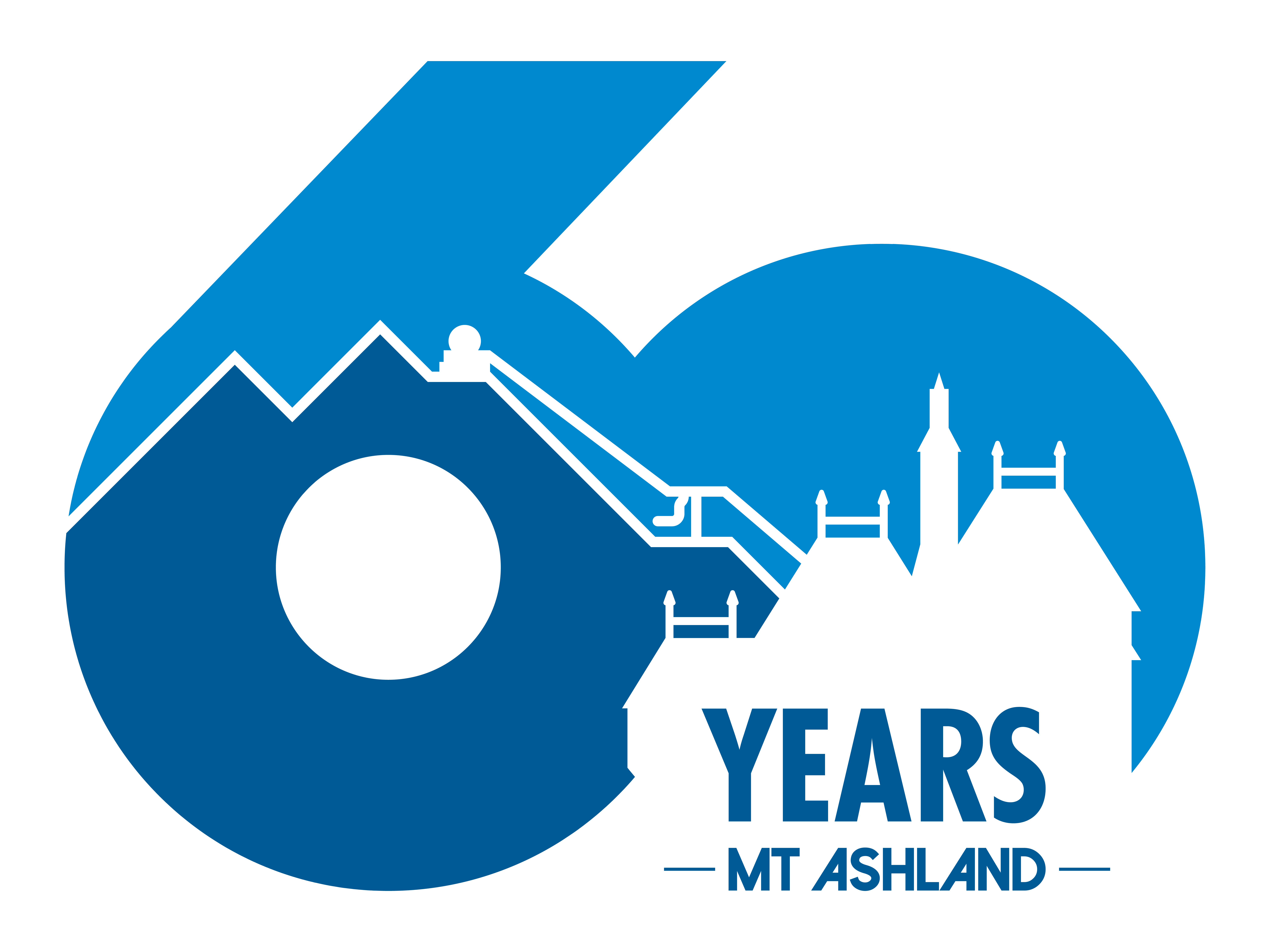
A New Paradigm for Uphill Travel & Off-Hours Access
Let’s start by stating the obvious: the topic of uphill travel and off-hours access to Mt. Ashland is one that many of you are very passionate about. On both sides of that discussion there is a great deal of enthusiasm, frustration, and hope. As we evolve our uphill access policy we understand that this is a dramatic paradigm shift and is not a comfortable solution for many in our community. We started this process with the intent to find a way to avoid complete elimination of uphill access on Mt. Ashland. Our new program requires compromise from everyone, and through that compromise achieves our goal.
Ski touring is one of my favorite activities. I’ve frequently been out 3 or 4 times a week, early before the sun rises to climb Mt. Ashland. It’s a great way to get some exercise and to spend time in harmony with the mountain. So, for my own part, I’ve had a strong desire to find a way to preserve this activity as an option locally.
Ski touring is one of the fastest growing activities in America and skimo will be an official Olympic event in 2026. We have seen ski touring explode in popularity at Mt. Ashland in recent years. In 2018 when I first started uphilling at Mt. Ashland, it would be rare to see another person out at 6am; this year there were mornings with 30+ vehicles parked at sunrise. This enthusiasm has brought a number of conflicts to our lift-served skiing operation. Just in this past season we had several documented near misses with vehicles on the slopes while the ski area was closed, uphill travelers moving into active explosives areas, and an off-hours skier caught in a slide. There were days where lift-served operations were delayed due to conflicts with uphill users. And, there is the unquantifiable variable of having storms dump a ton of snow but it being tracked out for our mountain guests before they get their first chair ride.
This year we have invested $750,000 in new groomers and we plan to use them aggressively to ensure the best snow surface possible. When our grooming team starts their first shift around 4:00pm every evening we can have up to 4 machines on the mountain at one time, plus snowmobiles and service vehicles. Two of those machines are winch cats- a special groomer that uses a long cable to help pull it up steep or cross-sloped terrain. We have 9 anchors around the mountain and this type of grooming is becoming a staple of our overnight operations. The cables are very small, just thumb-width, and 3,900′ long. This means a cat can be at the bottom of Winter and the cable running the entire length of the mountain to the summit. This winch-cat style of grooming is incompatible with skier traffic and this is the reason that uphill access will not be available on most evenings. However, by focusing our winch cat grooming early in each shift we believe we can get most vehicles off the areas we have chosen as designated routes by the 5:30am start of uphill access.

According to the Utah Avalanche Center’s “Know Before You Go” program, “Closed resorts are the same as backcountry. When resorts aren’t operating, avalanche mitigation work is not done; and slopes you normally ride worry-free when lifts are spinning are now backcountry. Professionals may not be on duty to come to your rescue.” This is an important consideration as we craft a policy allowing the community to access the areas in our ski area. And, it is the reason why we have chosen to close The Bowl anytime the skie area is not open for lift-service.
There are a lot of strengths in the new plan, first and foremost that it keeps access open in some form on all days. It also provides a route to the summit during most access times and also preserves snow surface for lift-served guests in the majority of the mountain- and it minimizes many of the risks on an unmitigated mountain during off-hours operation. This plan enables us to engage the uphill community in user education and communication. And, this plan reduces the opportunity for conflicts with vehicles and equipment a great deal. We heard from you that our primary focus on enabling uphill access inside the ski area should be on the fostering of newer ski touring users who are looking for familiar and shorter terrain, as well as skimo athletes looking to focus on the climbing aspect of the sport. We believe the new uphill access plan supports those areas of focus.
Uphill access at ski areas is split nearly 50/50 in the US, and breaks-down similarly when you look at nonprofit ski areas like ours. The driving factor in what is offered is most consistently the terrain and topography of a mountain. I confirmed that suspicion by chatting with several other GMs around the country and our liaison at the National Ski Areas Association. I had hoped we could offer an in-bounds, operating hours uphill route–something that is becoming increasingly the mode of access at ski areas. Unfortunately, our unique mountain makes that option a challenge- and not something we currently believe to be safe when combined with our downhill skier traffic. We are going to continue to look at options, including the possibility of an uphill route along the outside of the northwest boundary.
Despite this change in uphill access, we do want to help support the uphill community and those interested in learning. We intend to offer a community skimo league this season, and we are excited to be the host site for the Mt. Ashland Skimo race this February. We are discussing options for ski touring lessons and group ski tours.
Mt. Ashland will continue to maintain the southside road, which is commonly used by uphillers during daytime hours, and we encourage those who have the needed experience and equipment to explore the ample backcountry adjacent to Mt. Ashland–Gnarnia and the Honey Pot are a couple examples of the outstanding backcountry that is very accessible.
I truly appreciate the discussions over the past few months, the earnest feedback, and the passion of our community. It is this spirit that has made Mt. Ashland such an integral part of the Rogue Valley and developed generations of skiers and snowboarders. Our primary intent through this entire process has been three-fold: 1) Steward the lift-served skiing operations that are essential to our purpose and future; 2) Prioritize the safety of employees and visitors; 3) Find a way to continue to provide some access for this growing type of snowsports. Although the new plan looks and feels much different than the past, we feel this compromise helps support the needs of every stakeholder at Mt. Ashland. Let the snow fly, and I’ll see you out there at sunrise!

